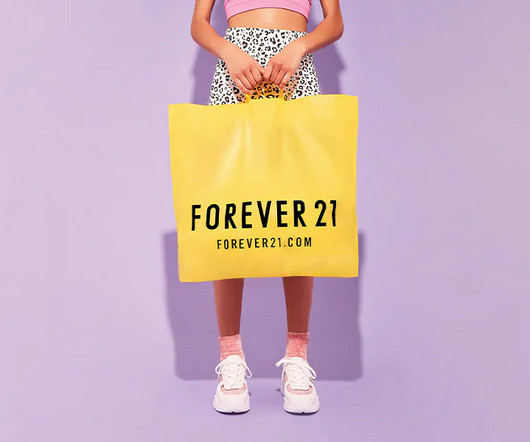The Future of Assortment Planning: AI-Driven Predictive Analytics
Retalon
FEBRUARY 5, 2025
In addition to the rise of fast fashion and seasonal items, trend-driven products have further shortened product life cycles. learn more… Fewer Markdowns Minimize profit loss from excess inventory. For example, suppose a fashion retailer detects a sudden spike in demand for a particular style or color.


















Let's personalize your content